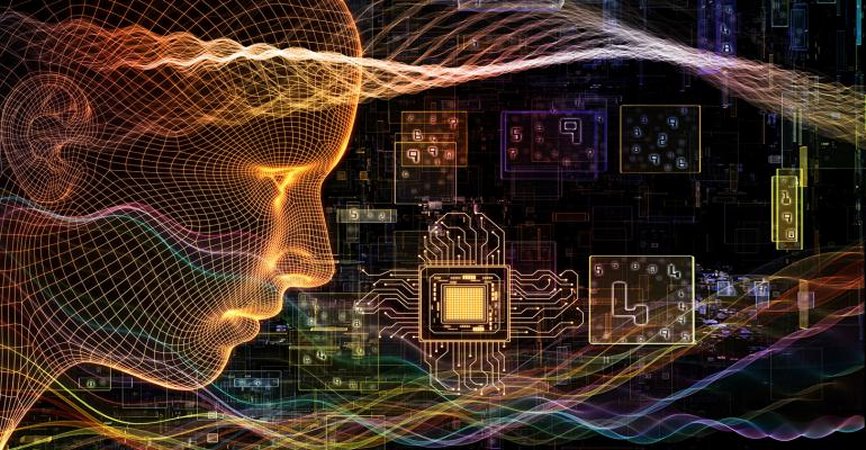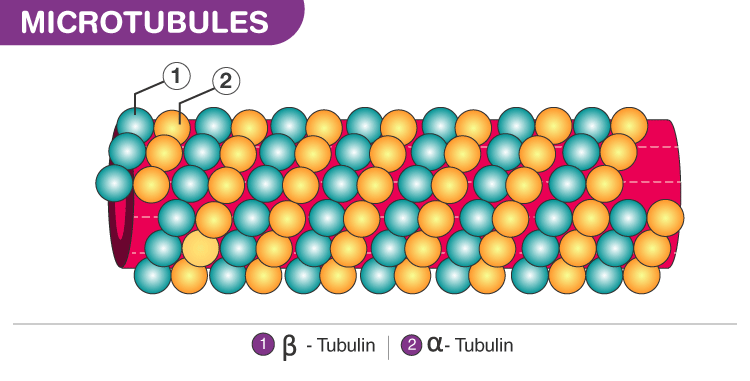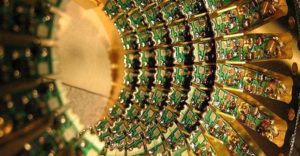Reading Time: 4 minutes
Ever since quantum computing has been theorized, many questions have been asked among scientists on what it could potentially do. With the high development speed of new technologies, will it still have a significant impact today and on future generations?
The origin up to today
Back in the 1980s, Yuri Manin and Richard Feynman came up with the idea that such a computer was scientifically possible to build. If you are unfamiliar with quantum physics, I recommend you look up “Schrodinger’s cat”.
The reason there are so few quantum computers available today (in 2018, there were only 11 of them) is mainly linked to the fact that high computational resources are required. In quantum computers, one of the requirements is to reach the phenomenon of “superposition”. Essentially, this means that the computer must be able to “superpose” all the different available paths. Equivalently, a traditional computer will use bits, also known as “binary digits”, whereas quantum computers will use qubits or quantum bits that allow the phenomenon of superposition.
Another reason why quantum computers are incredibly rare is also since they can become dangerous in the wrong hands. As for today, it is extremely hard to purchase one of these technologies, as it will cost you a few million dollars. Even if you were able to purchase one, there is such a scarce amount of them in circulation, that it is easy for the government to regulate the use.
With the arrival of quantum machine learning, it is easier to have access to quantum computers. The first solution is to use the cloud.
Big companies such as IBM give access to quantum computers through the cloud, the problem is that there is a limited number of slots available. On the other hand, Google gives you access but you need to be on the approved list to be able to use it. Finally, Amazon provides quantum computers, but the issue is that you must pay for every execution you do, making it very expensive to use.
Other solutions are cloud simulators and local simulators. They do not give you the same processing power as that usual quantum computer, but they can help you work with it and see the potential of machine learning.
If it happens that you are interested in the subject, I suggest that you watched the video with the link below:
The uses of quantum computers
As mentioned above quantum computers can be used for artificial intelligence and machine learning. With the recent rise of deep learning, quantum computers are very useful for this industry, as high processing power is needed.
This technology could also be used in computational chemistry. Its capacity of superposition makes it easy to map molecules and therefore build new drugs. In other words, quantum computers can also the healthcare industry.
It is clear that for any analytical subjects these computers have incredible potential. If you take the example of financial modeling, you could be able to understand many different trends on wall streets making it also a very profitable technology. Yet, there is one industry that scares many researchers: cyber security and cryptography.
You may or may not know that to hack someone’s accounts the most known technique is to use a library of names with different combinations of numbers and characters. Then you let the program run until it finds the right password. Now imagine that with the same program you would use one of the quantum computers, breaking passwords would become extremely easy, making it an incredibly dangerous weapon.
To protect users from such threats engineers are using quantum machine learning in cybersecurity to protect any potential attack on a user with such a technology.
Time is running out
One of the main factors of accessibility of this technology is obviously the price. Yet recently a startup based in Shenzhen, SpinQ has proved that they could make computers that would cost less than $5000. If these sorts of start-ups start multiplying and becoming more popular, soon we’ll all be able to have a quantum computer, which would completely change the industry of computer science.
Every company would have to work on their cyber security as they would be vulnerable. To prevent that, it is important to create restrictions institutions that leave time to programmers and computer engineers to limits the drawbacks of quantum computers. Of course, SpinQ’s technology is nowhere as close as one of the 11 quantum computers that exist today.
But as the co-founder of the Institute for Quantum Computing at the University of Waterloo, Michele Mosca said:
“Cryptography is a foundational piece in today’s digital infrastructures and security. Not all cryptography will be vulnerable to quantum computing, but many current forms will. Public key encryption could be decimated by it. Past communications, for example, such as those via video calls or through VPNs that have been recorded and stored could be hacked into through quantum. That ship has sailed.”
Now is the time to act
if we don’t want the next generation or even the present generation to be harmed by the dangers of quantum computing, institutions must be put into place today. I believe that it is important to teach the younger generations and the older about the potential threats of quantum computing.
If quantum computing is taught at school at the youngest age, consequently the probability that students would be interested in this in this industry should potentially be higher. It is important to train as many Cybersecurity talents as possible today, in order to fight against cybercrimes and potential cyber wars.
Sources used:
– https://docs.microsoft.com/en-us/azure/quantum/concepts-overview#:~:text=Quantum%20computers%20were%20proposed%20in,to%20model%20even%20simple%20systems
– https://www.britannica.com/technology/quantum-computer
– https://www.quora.com/How-many-quantum-computers-exist-as-of-2018
– https://towardsdatascience.com/what-if-i-cant-afford-a-quantum-computer-51ce96cd7b9c#:~:text=So%2C%20even%20they%20do%20exist,learning%20today%20rather%20than%20tomorrow.
– https://analyticsindiamag.com/top-applications-of-quantum-computing-everyone-should-know-about/
– https://futurism.com/the-byte/quantum-desktop-computer-5000
– https://home.kpmg/uk/en/blogs/home/posts/2021/10/calculating-the-quantum-computing-threats-and-opportunities-in-tmt.html#:~:text=The%20quantum%20cyber%20threat&text=Not%20all%20cryptography%20will%20be,be%20hacked%20into%20through%20quantum.





